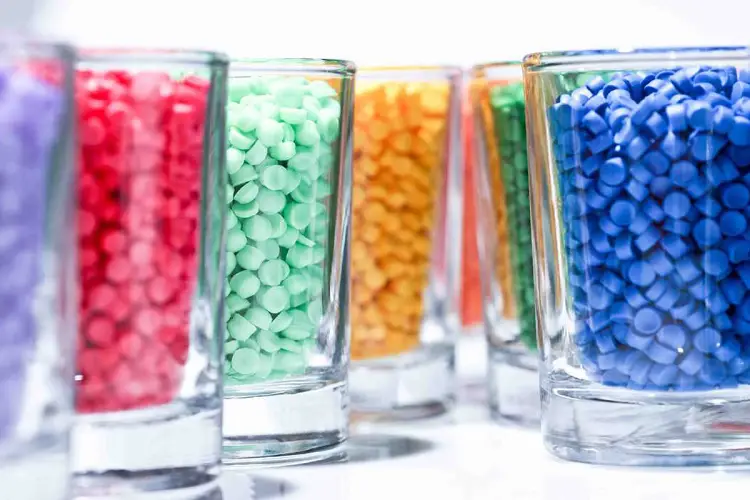
24 Dec PVC
PVC stands for Polyvinyl Chloride. It is a synthetic polymer, a type of plastic, that is widely used in various applications due to its versatility and durability. PVC is produced through the polymerization of vinyl chloride monomers.
Here are some key points about PVC:
Properties: PVC is a rigid or flexible material depending on the specific formulation. It is lightweight, strong, and resistant to abrasion, chemicals, weathering, and impact. PVC can be transparent or colored, and it can be molded into different shapes.
Applications: PVC has a wide range of applications across various industries. Some common uses of PVC include:
Construction: PVC is extensively used in pipes, fittings, valves, and conduits for plumbing, drainage, and electrical systems. It is also used in window frames, doors, roofing, flooring, and siding.
Electrical: PVC insulation and sheathing are used in electrical cables and wires.
Packaging: PVC is used in packaging films, blister packs, and shrink wrap.
Automotive: PVC is used in interior components, upholstery, gaskets, and seals.
Healthcare: PVC is used in medical tubing, blood bags, IV bags, and a variety of medical devices.
Environmental Considerations: PVC has been the subject of environmental discussions due to its chlorine content and potential release of toxic chemicals during production and disposal. However, advancements in PVC manufacturing have led to improved environmental performance, such as reduced emissions and recycling initiatives. Additionally, PVC can be recycled and reused in certain applications.
Safety: PVC is generally considered safe when used appropriately. However, certain additives, such as plasticizers used to increase flexibility, have raised concerns. In some applications, phthalate plasticizers have been replaced with alternative additives to address potential health and environmental issues.
Overall, PVC is a versatile and widely used plastic with numerous applications in construction, packaging, electrical, automotive, and healthcare industries. Its properties make it suitable for a range of products, and ongoing efforts are being made to address environmental and safety considerations associated with its production and use.

